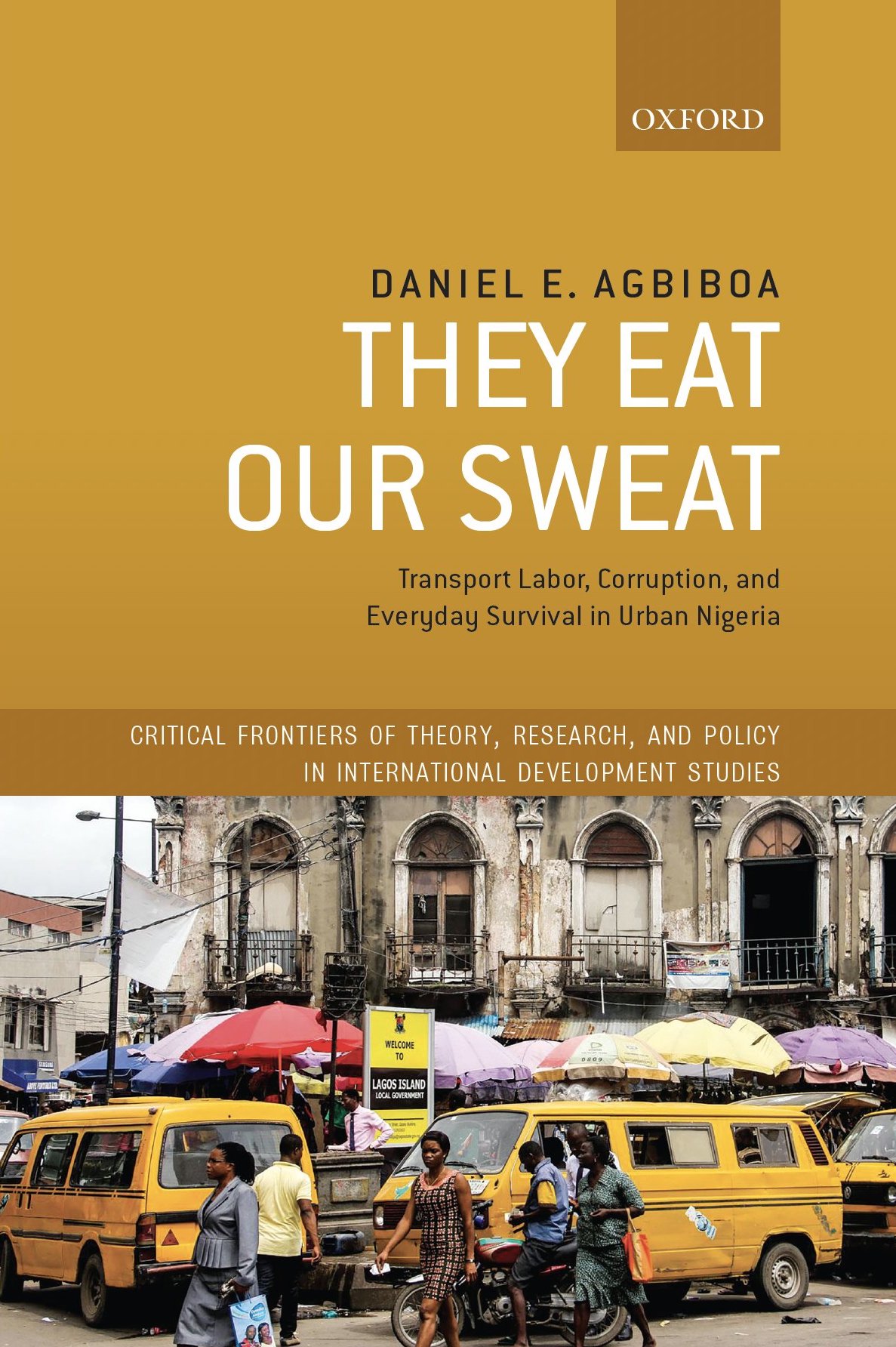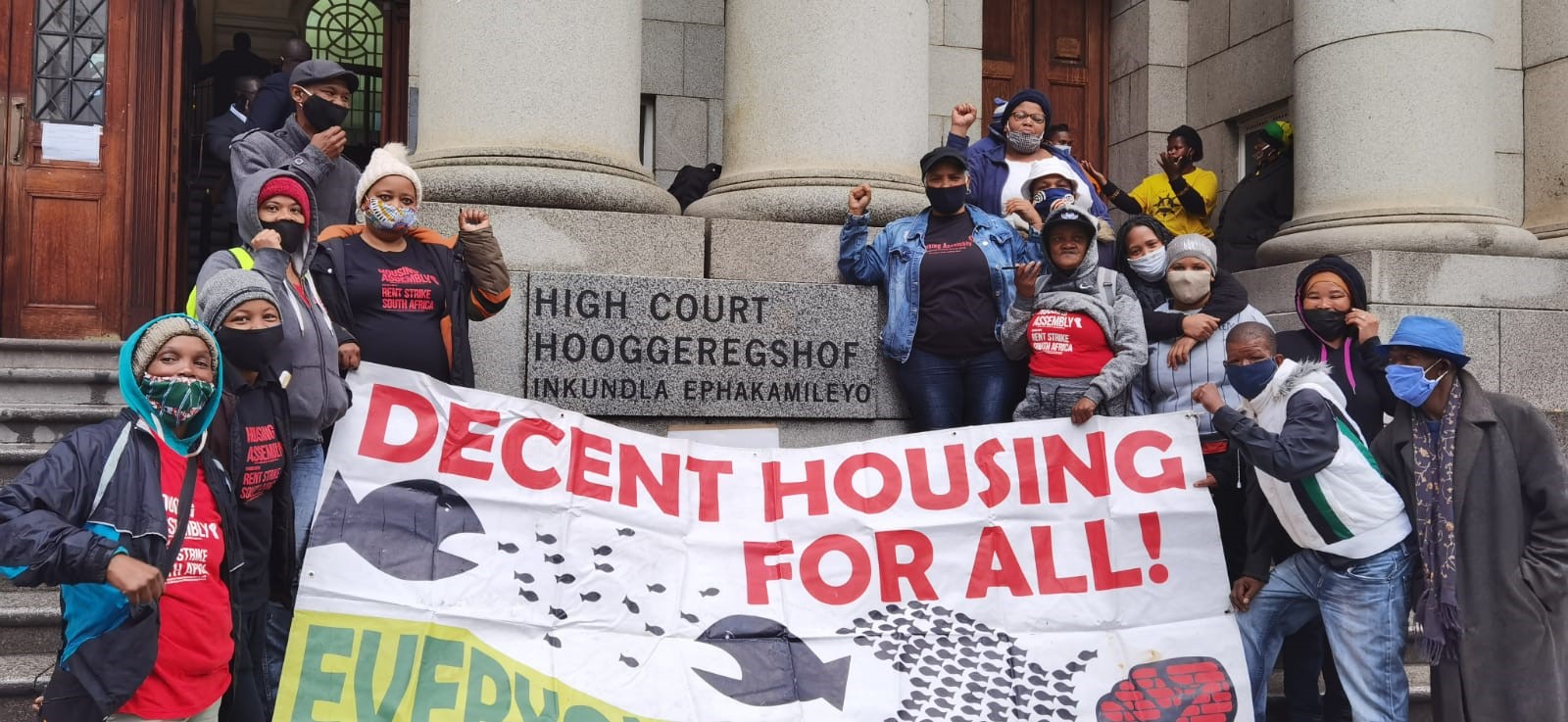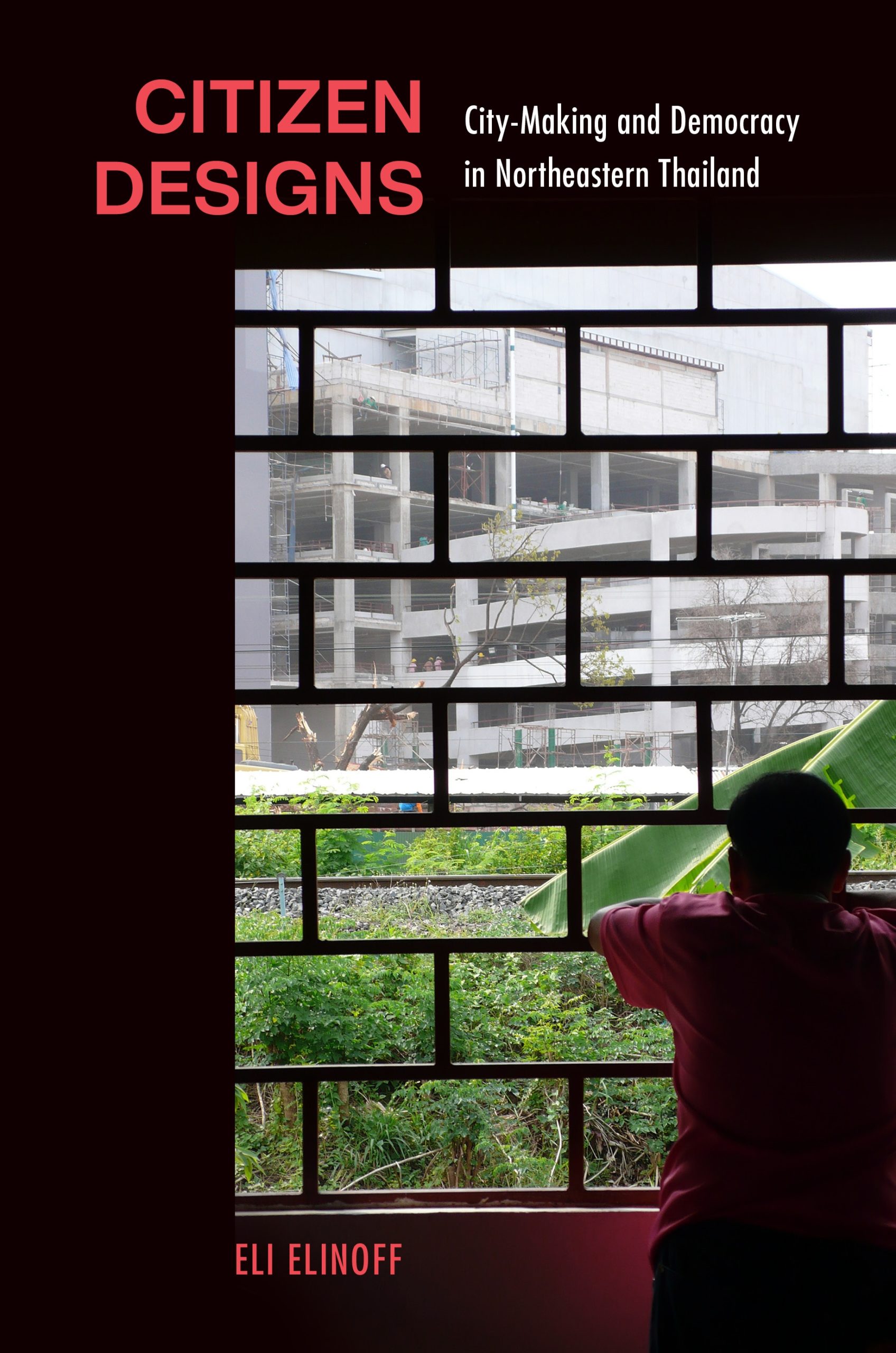E
very city has their culture ranging from their sense of style, racial and class divisions, and its culture of protest. Santiago—the capital of Chile—is no different. Their excess love for fanny packs, overall disgust for the city (calling it Santiasco or “disgusting Santiago”), and belief that people are just not political…enough, captures some common tropes. These examples remain as part of the post October 18 Santiago reality but the people’s relationship with their metropolis has forever changed. As social bonds strengthened through the course of popular protests, so has the love and trust between fellow neighbors and their city.
As news travelled across the world about the October 18, 2019 uprising in Santiago, the mainstream media focused on the burning of subway stations and mass looting. The subway, or metro, is central to the city’s social, class, and gender relations. The project was initiated in 1968 by the Christian Democratic President Eduardo Frei Montalva, continued by the presidency of Salvador Allende’s Popular Unity government and opened in 1975 during Augusto Pinochet’s military dictatorship (1973-1990). It began as a social program in reaction to a series of popular protests against rising transportation costs and a rapidly growing urban population due to mass rural migration between the 1930s and 1960s. Under the Concertación government (the center-left party coalition) that was in power from 1990 to 2010, the Socialist Party President Michelle Bachelet initiated the 2007 Transantiago program that created a public bus system (that was previously private) and developing a plan to expand the Santiago metro system. Through the construction of new stations and lines, the metro was transformed into an instrument that benefited neoliberal policies, connecting to newly built malls, influencing a commercial culture and accelerating the gentrification of neighborhoods. Unbeknownst to the inhabitants of Santiago, the metro became a symbol of progress but a type of progress that was killing the social fabric of community life.
Neoliberalism is well-embedded in US culture, making resistance to it or returning to “how it used to be” out of reach for most people. Mass commercialization expanded exponentially after the Second World War; a much slower process in Latin America. As a child in the 1980s that lived between Los Angeles, California and Santiago, Chile, I experienced two very different cultures and societies. While Chile was under military dictatorship and neoliberal policies were in nascent implementation causing a severe economic depression, poor and working-class people formed networks of support and solidarity, such as ollas communes (community kitchens). As a child, I knew who we could trust with our political views and who needed some extra financial help. We had a community that looked out for each other, allowing me to freely float around and play with friends from house to house. In Los Angeles, where neoliberal policies were already in full steam, the idea of community was more dispersed. My close friends were children of Central American refugees from Guatemala and El Salvador, as well as the network of Chilean, Argentinian, and Nicaraguan exiles. But in a society where serial killers and child kidnappers were already engrained in our social psyche, life was spent more at home with organized visits. In the US, our collective memories of community life are racially divided, while mass commercial culture functions as a more unifying (yet limited) factor. In contrast, generations of Chileans remember how “life use to be” prior to the imposition of neoliberal policies by Milton Friedman’s Chicago Boys and share a collective working-class memory of resistance to the military dictatorship.
Beginning with the return of democracy in 1990, Chilean culture changed and our relationship to the city did as well. While mass protests against the dictatorship was widespread in the 1980s, the 1990s showed a more homebody and enclosed society. My grandparents moved from the neighborhood of San Miguel to their childhood neighborhood of Barrio Franklin in 1994. While we got to know some neighbors over the years, community life ceased. Over several decades, as I continued to live back and forth, I had minimal connection to my neighborhood other than grocery shopping. For afternoon outings, I typically walked to Metro Franklin and headed to the commercial center of downtown to walk around, eat some ice cream, and buy a few things. Only after the October 18 protests, as I met like-minded neighbors, did I learn that my story was not an anomaly, but a representation of what Santiago culture had become.
The 2006 high school student movement—known as the Penguin Revolution due to their school uniforms’ likeness to penguins—shook Chilean society from its neoliberal haze. That same generation led the 2011 university student movement and, currently, have substantial representation in today’s assembly movement. The high school and university students helped reconstruct a culture of protest, developing their own methods of resistance, organization, and symbols, such as the emergence of the famous street dog Matapacos (Cop killer). The students have become an emblematic force against the legacy of the dictatorship and neoliberal policies, becoming a foci of state repression, as city officials attempted to break their historical legacy of leading social protests.
On the afternoon of October 18, 2019, riot police attacked high school students leading mass fare evasions at metro stations across the city by jumping over turnstiles. The government raised the subway fare 30 pesos ($0.04) to 830 pesos ($1.17 USD) earlier that month, making Santiago’s metro system the most expensive in Latin America. The students at the National Institute (a prestigious all-boys public school located downtown) began fare evasions on October 11, quickly gaining support from other high school and college students. In an attempt to suppress the movement, the state government deployed riot police at stations across the city beginning on Thursday, October 17. On Friday, October 18, students were joined by their commuter allies, escalating the fare evasion into a popular rebellion. City and state officials decided to shut down the entire subway system, angering commuters attempting to go home, forcing thousands to cram onto buses or walk home, making a 45-minute ride a four-hour ordeal. Individuals, like myself, who were home at the time headed to the nearest metro station to protest against the use of state violence. Many Santiaguinos (people from Santiago) who had become apathetic to years of neoliberal policies that normalized long working hours, low pay, indebtedness, and minimal encounters with neighbors to construct a community life were now in the streets. While government officials recently blamed K-Pop artists in influencing young protesters—which has become a source of jokes and memes—the unrest represented a breaking point, demonstrating that things need to change.

On the evening of October 18, as I grabbed my baking pan and metal slotted spoon to join the cacerolazo (a popular form of protest in Latin America by banging pots and pans) alongside a few dozen neighbors, I realized that I was not alone. There were people with children, soccer fans with their jerseys, an older woman that used her crutches to bang against a sign, and people who just walked home from work united for change, even though we did not know how or what we wanted at that moment. We banged our pots against the metro gates as riot police stood on the other side. The metro, through our act of protest, had become a symbol of the deepening of capitalist policies. In a few areas, metro stations were burnt down that evening, as people made their discontent known through the power of popular protest, bringing the city to halt.
By late Friday evening, the right-wing President Sebastián Piñera called a state of emergency, deploying the military and instituting a curfew for the following day. This act moved more people into the streets, as personal and collective memories of the military dictatorship flooded in. Saturday morning, people headed to Plaza Italia, a plaza in the city’s center that functions as the go-to place for protests and celebrations. The downtown area slowly became a battlefield and by Monday, October 21 it was clear that the city would not return to normal. The paralysis of the metro system made work or school difficult, while stores closed either in solidarity or in fear of looting. Either way, this instituted a de facto general strike, freeing people up to attend protest or organize neighborhood assemblies. Even though the political tempo accelerated, our social relations slowed down.

Throughout Santiago’s residential areas, another process emerged. People gathered at the heart of their neighborhoods to organize cacerolazos and community onces (tea-time) against the curfew. In Barrio Huemul (my neighborhood within Barrio Franklin), cacerolazos were first organized in Plaza Huemul to defy the curfew and by Monday, October 21 it transformed into community onces and popular assembly meetings prior to the cacerolazo. People brought tables, chairs, hot water, and food to share. We made Plaza Huemul into the beating heart of the neighborhood to gather, talk politics, get to know each other, and make our organizing visible to passersby. We learned about what motivated each one of us to protest, who were former political prisoners, and collectively agreed about the need for a new constitution to replace the dictatorship’s 1980 constitution. Through conversation, we realized that the state-built community spaces in the early twentieth century located in Plaza Huemul—the Huemul Theater and the Community Savings building—were now owned by the Catholic Church and the LaFuente Foundation, respectively, meaning that the community had lost access to places to gather and organize. We noted that as a community reclaiming public space, such as our plaza and the theater, was essential to breaking our neoliberal hyper-consumer social relations that motivated us to stay home with our entertainment rather than socialize with our neighbors. Plaza Huemul was always there, since it was built in 1911; it was we, its community, that stopped using it and seeing it as ours.

The protesters at Plaza Italia (technically Plaza Baquedano) represented a class and generational mixture of Santiago society. Over the course of several months, a culture of protest emerged in Plaza Italia that has been renamed Plaza de la Dignidad (Dignity Plaza). Due to the use of rubber bullets (aimed at people’s eyes) and tear gas canisters guns that could cause fatal injury if used in close range, the Primera Linea (the Front Line) and First-aid responders emerged. The Primera Linea are protesters that use wooden or metal shields on the front lines with riot police to protect surrounding protesters. This allowed the concentration of direct confrontation with the police in the side streets, away from Plaza de la Dignidad, allowing folks to gather in its center. Images such as photographs and graphic art, thanking the Primera Linea, were enthusiastically shared across social media.

Protest superheroes also emerged as part of Plaza de la Dignidad culture of protest. Matapacos, who died a few years ago, was present in murals, flags, a giant statue, and a person dressed as a black dog with a red banner. Other superheroes in support of the protests were already known street performers, like Sensual Spiderman, and new ones like Baila Pikachu (Dance Pikachu), Corre Dinosaurio (Run Dinosaur), and Pare Man (a young shirtless and masked man with a stop sign) that came to symbolize the political moment. While US superhero blockbuster movies are popular, partly because of their distribution reach, the emergence of our own protest-friendly superheroes was both in reaction to cultural imperialism and the faux rebelliousness of Marvel and DC Comics films. The evil enemies in the Chilean Uprising universe were the state, the military, the police, and the ruling class; a common reality in every corner of the modern world. These individuals danced and performed at marches and, at times, were hit by water cannons and affected by tear gas and were viewed by everyone as our own superheroes.

As the protests continued over several weeks and people were required to return to work, a new rhythm of life of regular protests downtown, sudden strikes, and neighborhood assemblies became the new norm. In response to Unidad Social, a coalition of social movement organizations and unions, cabildos (town halls) were organized by neighborhood assemblies to document the needs and demands of the people. Barrio Huemul’s cabildo included over 70 neighbors, which was sizeable for a small neighborhood, in which the demands for a new constitution and to end the privatized pension system were central. As it became clear that neighborhood assemblies came to represent a new form of popular power, nearby assemblies began to work together, eventually forming into a city network of assemblies that continues to this day.
How can protest change culture and social relations in a city? Mass popular protests shut down the metro system that functioned as the veins of the city’s capitalist structure. The people’s willingness to protest at their nearby metro station on the first day of the uprising and their continued unwillingness to return to “normal” in weeks since led to the creation of popular assemblies and active participation in the protests downtown; a new form of popular power. As the weeks passed and inadequate response by the government—including the president of Chile’s statement that the government is “at war” with protesters—led to the gradual construction of both popular acceptance of direct action, the destruction of private property and an anti-capitalist culture that represented the demands, dreams, and desires for a better society. While some people might still refer to Santiago as Santiasco, our city has now become a symbol of change and a space that we have reclaimed as our own. Santiago is ours to make, destroy, and build a new society.
Dr. Romina A. Green Rioja received her doctorate in Latin American and World History from the University of California, Irvine in 2018, focusing on race relations and the process of state colonization in nineteenth-century Chile. Her article “‘Useful Citizens for the Working Nation:’ Mapuche Children, Bavarian Capuchin Friars, and the Vocational Workshops in Making the Modern Rural Economy in the Araucanía, Chile (1896-1920),” to be published in the April 2020 issue of Revista de Historia de Estudios Agraria de América Latina, analyzes the role of the vocational workshops in Catholic native mission schools in integrating indigenous Mapuche youth into the burgeoning rural capitalist economy. She is currently editing her dissertation, To Govern is to Educate: Race, Education, and Colonization in La Araucanía, Chile (1883-1920), into her first book project.




















